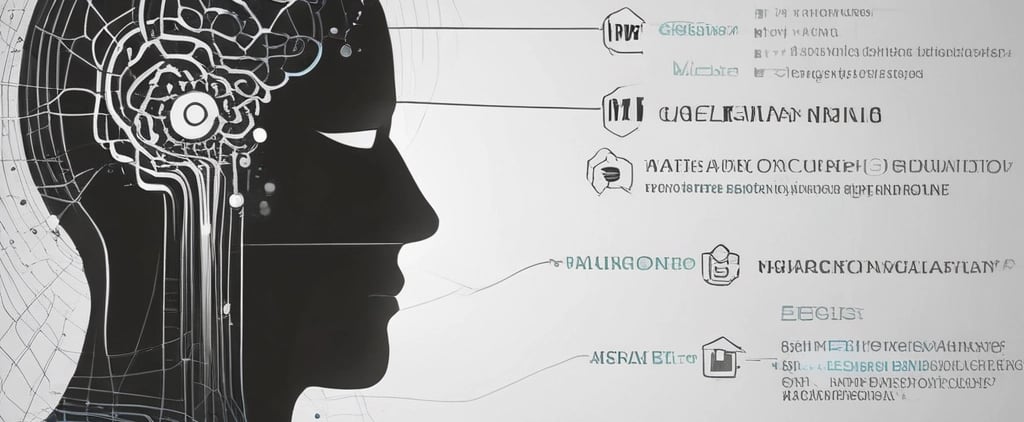Translation and Localization Services
We offer comprehensive language services, including translation, transcription, localization, and transcreation in over 100 languages to support global business communications. Connect with audiences worldwide through our professional translation and localization services:
Multilingual support for websites, apps, legal documents, e-learning materials, and more.
Cultural adaptation to ensure your message resonates with global markets.


Why Translation is Important?
Translation plays a crucial role in bridging communication gaps, enabling global connectivity, and preserving cultural heritage. Here are the key reasons why translation is essential:
1. Global Communication & Business Expansion
Businesses can reach international markets by translating their content into multiple languages.
Helps companies expand globally by overcoming language barriers.
Example: Amazon and Netflix localizing their platforms for different countries.
2. Accessibility & Inclusion
Makes information accessible to people who speak different languages.
Promotes inclusivity in education, healthcare, and legal matters.
Example: Translating medical documents to ensure proper patient care worldwide.
3. Preserving Cultural Heritage
Helps in translating literature, historical texts, and religious scriptures.
Enables people from different backgrounds to learn about and appreciate diverse cultures.
Example: Translating ancient texts like the Bhagavad Gita or Shakespeare’s works.
4. Legal & Government Compliance
Legal documents such as contracts, agreements, and policies need translation for international business operations.
Governments require translation for diplomatic communication and public information.
Example: Translating passports, visas, and official regulations for immigration.
5. Enhancing Education & Research
Translation enables students and researchers to access knowledge from different parts of the world.
Academic papers, books, and courses are translated to share information globally.
Example: Research papers published in English are translated into other languages for wider accessibility.
6. Boosting Tourism & Hospitality
Helps tourists navigate foreign countries by translating signs, menus, and travel guides.
Makes hotel services, transportation, and attractions tourist-friendly.
Example: Multilingual brochures at international airports.
7. Digital Content & Media Localization
Essential for translating websites, apps, and entertainment content like movies and TV shows.
Ensures that audiences across different regions understand and enjoy content.
Example: Netflix and Disney+ provide subtitles and dubbed content in multiple languages.
8. Strengthening International Relations
Translation plays a critical role in diplomacy and global cooperation.
Important for trade agreements, peace treaties, and international summits.
Example: United Nations translating speeches into six official languages.
9. Increasing Consumer Trust & Engagement
Customers prefer to engage with content in their native language.
Businesses that offer multilingual support gain customer trust and loyalty.
Example: E-commerce platforms like Alibaba translate product descriptions for global customers.
10. Improving Marketing & Brand Visibility
Effective translation ensures that marketing campaigns resonate with local audiences.
Adapting slogans, advertisements, and social media content to different languages enhances engagement.
Example: Coca-Cola translating its "Share a Coke" campaign into multiple languages worldwide.
Conclusion
Translation is a powerful tool that facilitates communication, drives business growth, and fosters cultural understanding. Whether in business, education, healthcare, or entertainment, translation is essential for breaking language barriers and connecting the world.
Different Types of Translation
Translation is not just about converting words from one language to another—it involves understanding cultural, technical, and industry-specific nuances. Here are the main types of translation used in different fields:
1. Literary Translation
Translating books, novels, poetry, plays, and other literary works while maintaining the original tone, emotions, and style.
🔹 Example: Translating Shakespeare’s plays or the Bhagavad Gita into different languages.
✔️ Challenges:
Maintaining literary style and cultural references.
Preserving poetic rhythm and meaning.
2. Technical Translation
Involves translating manuals, guides, patents, engineering documents, and scientific papers.
🔹 Example: User manuals for electronic devices or software documentation.
✔️ Challenges:
Requires industry-specific knowledge.
Complex terminology and accuracy are crucial.
3. Legal Translation
Translating contracts, agreements, court documents, laws, and policies. The legal translation must be precise, as errors can lead to serious consequences.
🔹 Example: Translating business contracts for international deals.
✔️ Challenges:
Legal terminologies vary between countries.
Must align with the legal framework of the target country.
4. Medical Translation
Includes translating medical reports, prescriptions, clinical trials, and pharmaceutical documents.
🔹 Example: Translating patient records or drug labels for multinational pharmaceutical companies.
✔️ Challenges:
High accuracy is required to avoid medical risks.
Medical terminologies and healthcare standards vary by country.
5. Financial & Economic Translation
Covers financial statements, banking documents, tax reports, and investment materials.
🔹 Example: Translating annual reports for multinational corporations.
✔️ Challenges:
Requires knowledge of economic and financial regulations.
Numbers, dates, and currencies need to be accurately converted.
6. Website & Software Localization
Adapting websites, mobile apps, and software interfaces for different languages and cultures.
🔹 Example: Translating and localizing e-commerce websites like Amazon for different countries.
✔️ Challenges:
Cultural sensitivity and UX considerations.
Ensuring the software functions properly in the target language.
7. Business & Marketing Translation
Translating advertisements, brochures, social media posts, and branding materials to appeal to international audiences.
🔹 Example: Translating the slogan "I'm Lovin’ It" (McDonald's) into various languages.
✔️ Challenges:
Requires cultural adaptation (transcreation).
Must capture emotions and brand voice.
8. Certified & Sworn Translation
Official translation of documents like birth certificates, marriage certificates, diplomas, and legal papers, is often required for immigration or government use.
🔹 Example: Translating a visa application for immigration purposes.
✔️ Challenges:
Must be accurate and legally valid.
Requires official certification from authorized translators.
9. Audiovisual Translation (Subtitling & Dubbing)
Translating films, TV shows, video games, and online content into different languages.
🔹 Example: Netflix provides multilingual subtitles and voiceovers for international audiences.
✔️ Challenges:
Timing and synchronization in subtitles and voiceovers.
Adapting dialogues while keeping the meaning intact.
10. Scientific Translation
Translating research papers, scientific journals, and academic theses.
🔹 Example: Translating a physics research paper for an international conference.
✔️ Challenges:
Requires in-depth knowledge of scientific terminology.
High accuracy and technical expertise are necessary.
Conclusion
Different types of translation require specialized skills and expertise. Choosing the right translator for each category ensures accuracy, cultural relevance, and clarity in communication.
